Explore my 5 secrets to Japanese cooking to elevate the flavors, textures, aroma, and presentation of your Japanese dishes. I hope these simple but powerful tips instill confidence and joy in your home cooking!
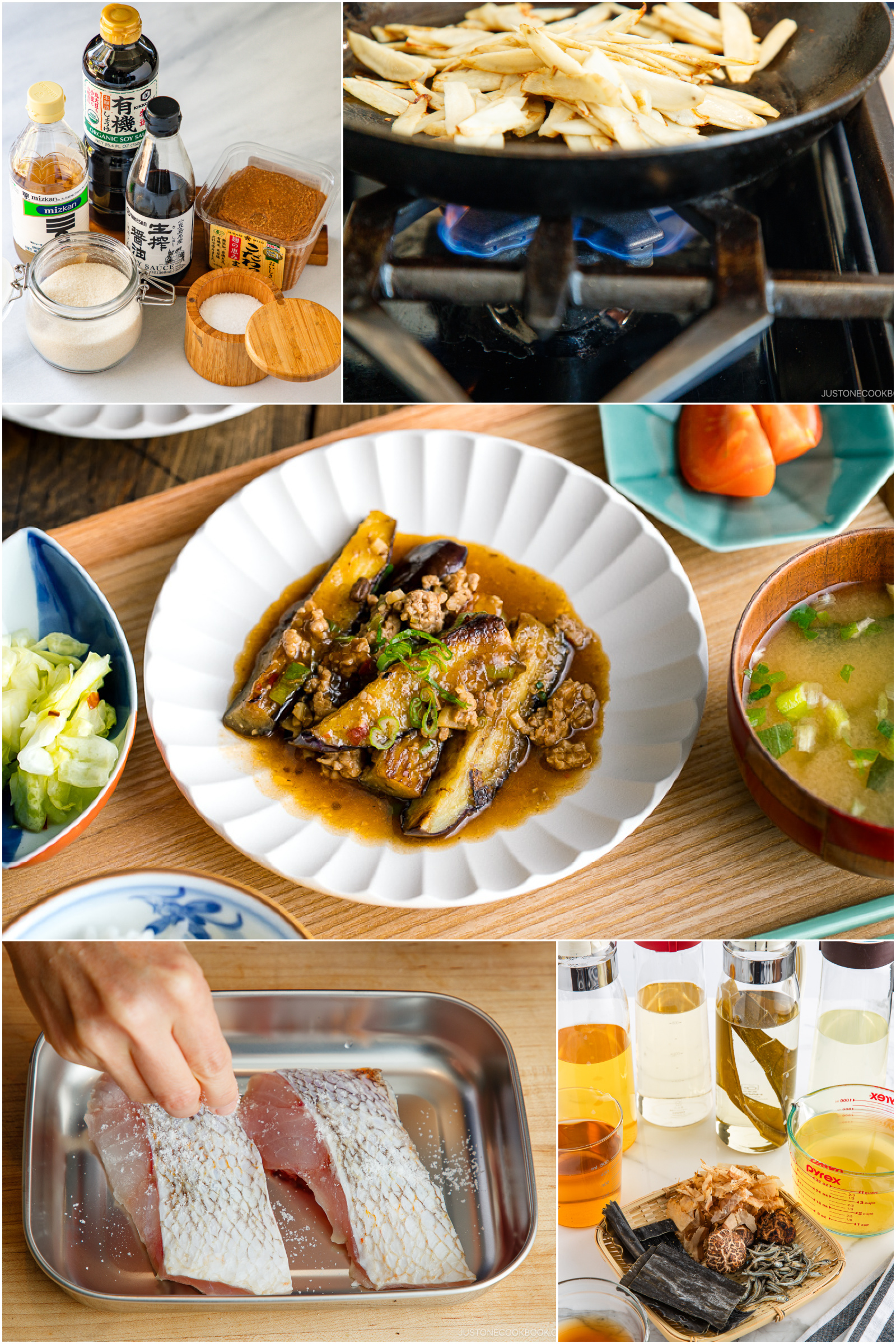
I’ve learned many tips in all my years of cooking Japanese food, both by my mom’s side growing up and for my own family now. Along the way, I’ve identified the core elements that I truly believe are essential for beautiful flavors, textures, aroma, and presentation in Japanese dishes.
I’ve gathered this kitchen wisdom below in my 5 secrets to Japanese cooking. Have fun exploring these simple but powerful tips. Let’s dive in!
Secret #1—Dashi: The Star Ingredient in Japanese Cooking
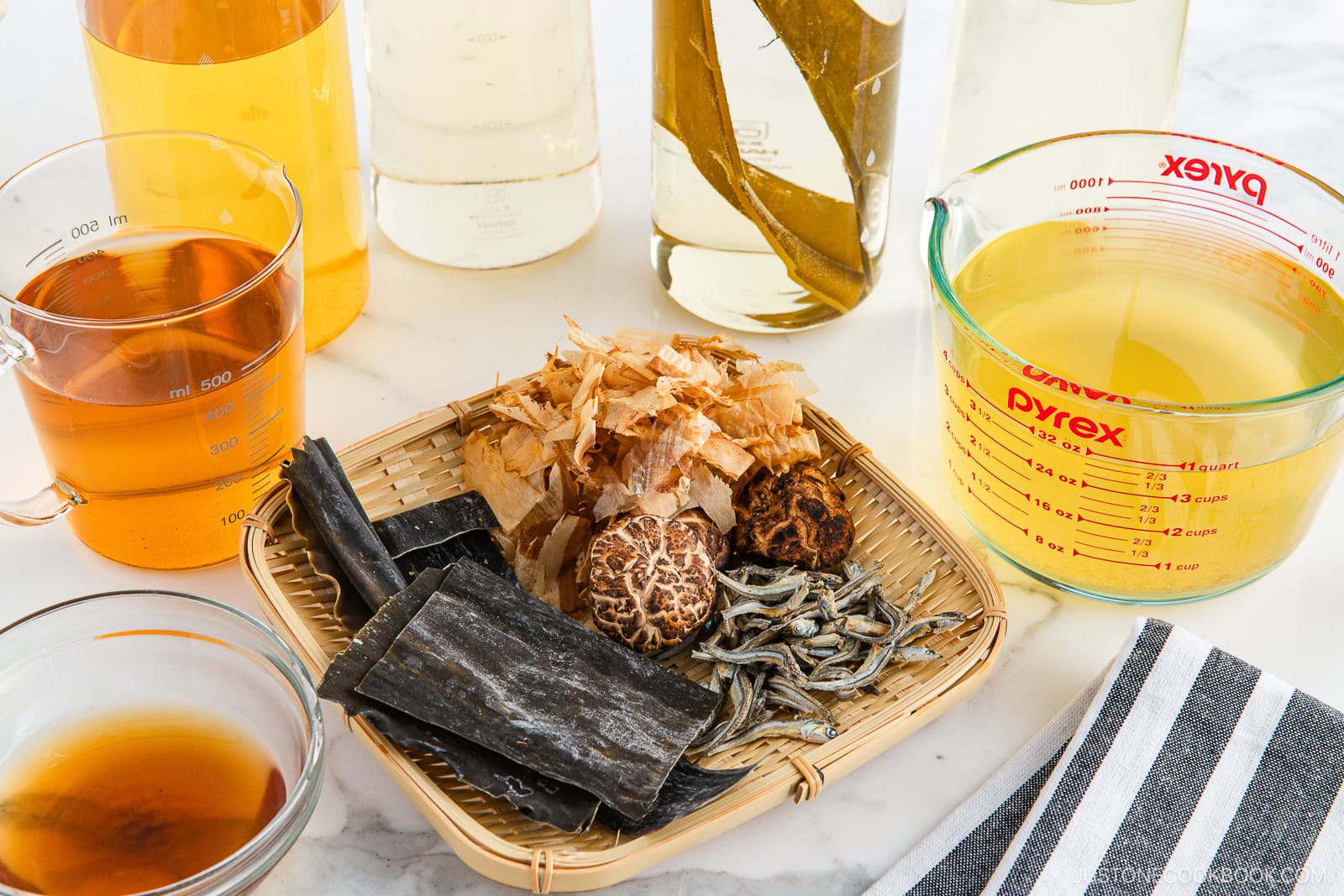
Dashi is the secret weapon that gives Japanese dishes their signature umami flavor. Learn why I make this simple Japanese soup stock and three easy ways to prepare it at home.
Secret #2—Sa-Shi-Su-Se-So Seasoning Order in Japanese Cooking
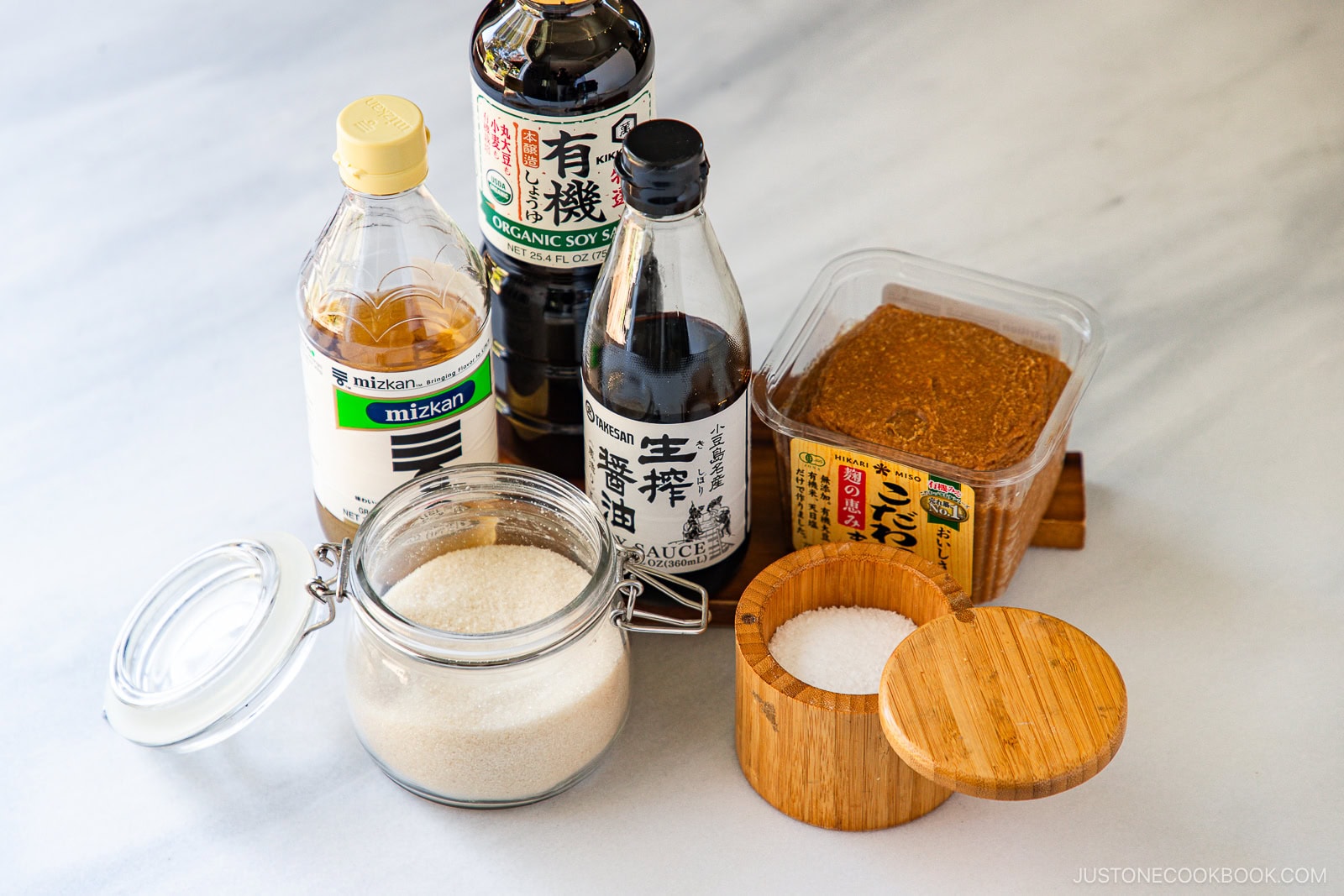
Home cooks like me use Japanese alphabet letters to remember when to add sugar, salt, vinegar, soy sauce, and miso to the pot or pan. I’ll explain why the seasoning order matters and how to incorporate it in your own cooking.
Secret #3—The Quiet Magic of Prep Work in Japanese Cooking
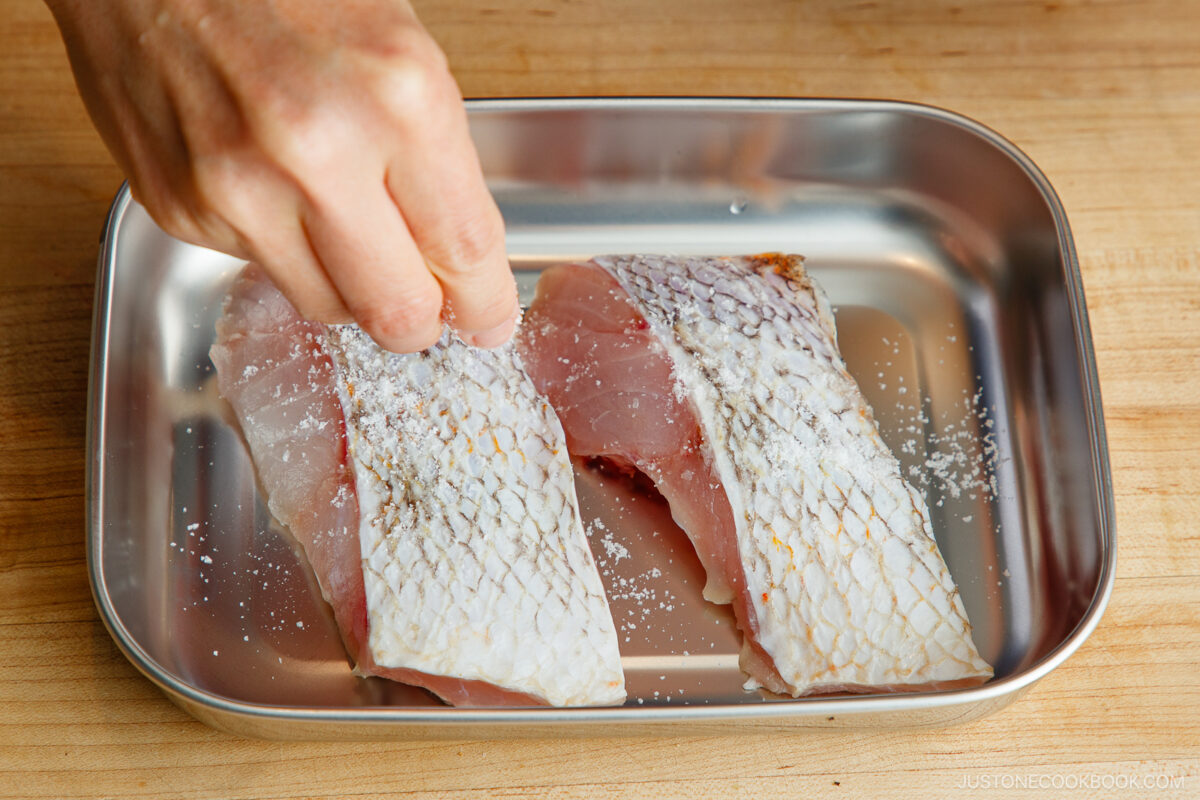
You may not realize it, but simple ingredient prep is a hidden secret of Japanese home cooking. I share why we cut, soak, salt, and blanch and how this sets you up for truly delicious results.
Secret #4—Mastering Gentle Heat in Japanese Cooking
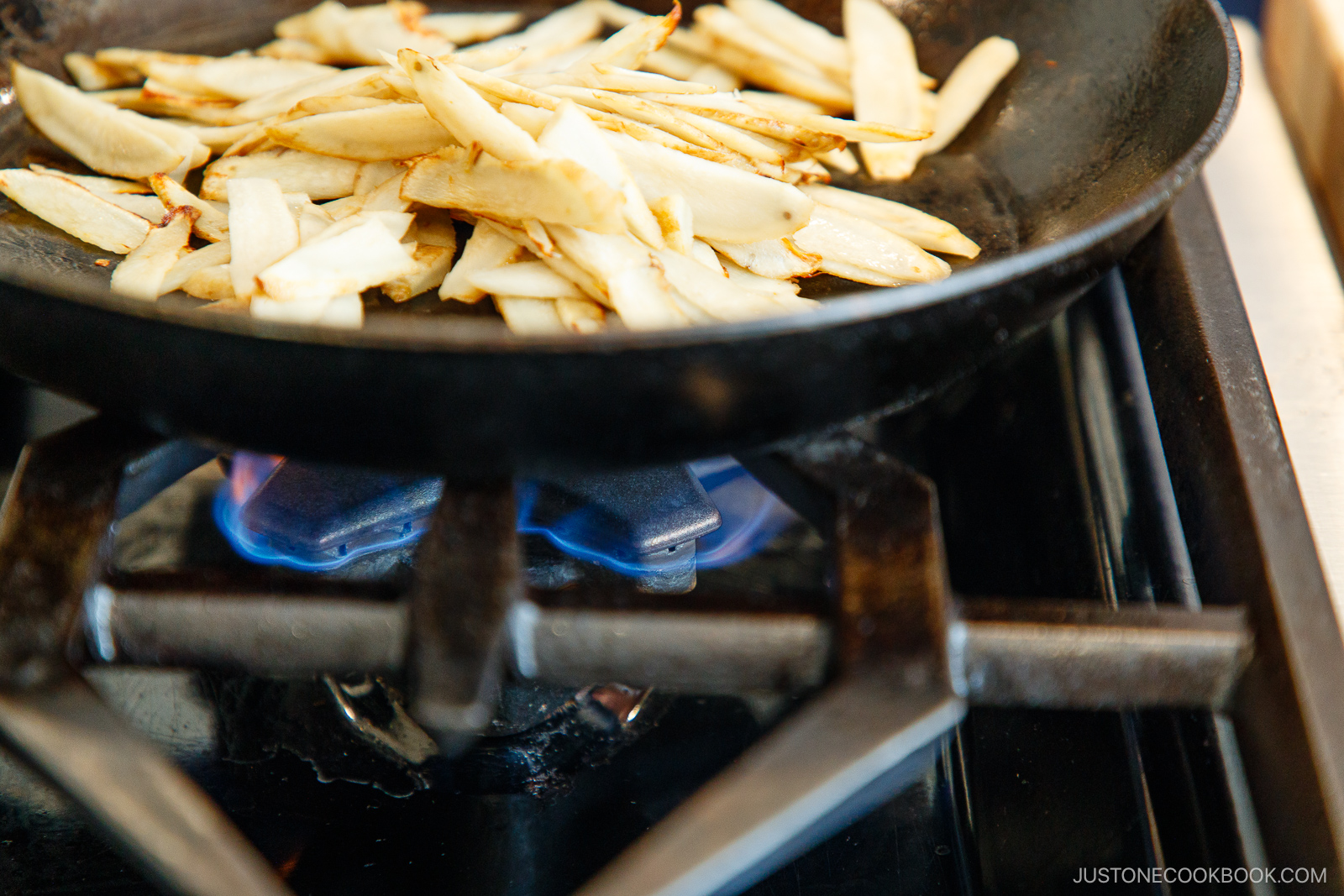
Master the power of gentle heat in Japanese cooking—from simmering delicate fish to slow-cooking nimono. This subtle yet essential technique brings out the best flavors and textures in your dishes when you cook with your senses.
Secret #5—Eat with Your Eyes: The Art of Japanese Plating and Presentation
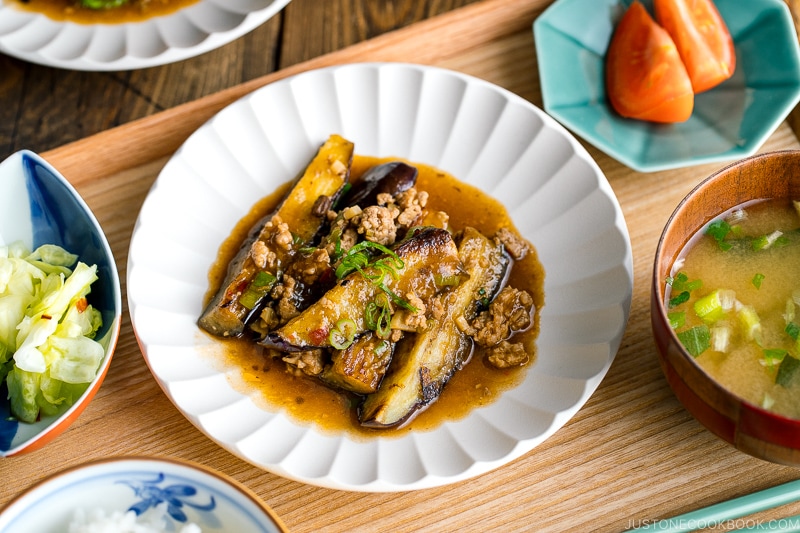
In Japanese cooking, we often say me de taberu (目で食べる) — “eat with your eyes.” Presentation is more than just making food look nice; it reflects care, seasonality, and balance. I’ll share simple plating tips and ideas that bring out the quiet beauty of Japanese home cooking—so your meals can nourish both the eyes and the heart.


